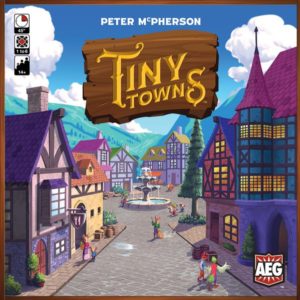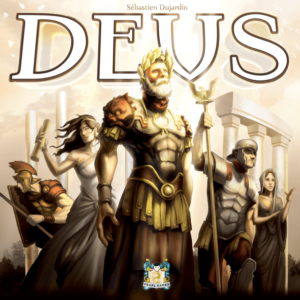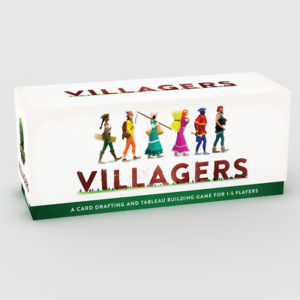- Learning time
- 30 minutes
- First play time
- 80 minutes
Fantastic Factories
Designed by: Joseph Z Chen,Justin Faulkner
In Fantastic Factories players build and run their own factories, producing unidentifiable products that are each worth a point at the end of the game: which occurs as soon as anyone reaches twelve points, or builds their tenth factory.
It works like this. Players all start with a few factory cards and little of the game’s two resources: metal and energy. In the middle of the table more factory cards are laid face-up in a row, along with a row of specialist cards – we’ll explain those later.When anyone chooses a card from either row, the row is immediately replenished.
In every round players all take a single card from these tableaus: factory cards are free; specialist cards cost you a card from your hand. Note that all the factory cards have a suit: cogs, hammers, spanners and shovels.
Once everyone has taken a card, players can simultaneously build – lay a card from your hand onto the table – and run – do the thing the card does – factories. The cost to build is in the top left, and it’s important to remember that to build any factory always requires discarding a card from your hand of the matching suit. So if I want to build the solar array, for instance, that is a cog card so I discard the foundry (-also a cog card) from my hand, as well as paying the metal and energy cost. Now I’ve built the solar array, it gives me a benefit: every time I build another factory, I gain energy. And almost every card you build gives either an ongoing benefit or can be run to get the benefit – often products/points – sometimes running costs metal or energy, and sometimes it costs you dice.
The other thing you’ll do in the build phase – right at the start of the build phase, in fact – is roll several dice. These can be spent either in factories you’ve built, or in your home board where they can generate metal, energy, or more cards. The previously-mentioned specialist cards aren’t built, but have a one-off benefit (often extra dice!) that you take upon choosing the card. Unlike factory cards, choosing a specialist card costs you a card of a particular suit, determined by the suit token above it on the table (see pictures!)
Turns continue in this manner with cards claimed, factories built and run, until someone triggers the endgame: after that, one final round is played out and players total their points both for products made and the point value (if any) on the factories they’ve built.
The guru's verdict
-
Take That!
Take That!
Very little to speak of - players can at most take a card they know someone else might want: for instance the Monument cards score more the more a player has of them. But largely players are busy with their own stuff.
-
Fidget Factor!
Fidget Factor!
Low to moderate, depending on how quick everyone is at figuring out the best way to spend and run the various resources at their disposal.
-
Brain Burn!
Brain Burn!
See above! The big cog of gameplay is simple: pick a card, build and run factories. But some cards will combine well (eg produce metal on card X to run card Y) and some won't.
-
Again Again!
Again Again!
There's a fairly substantial number of diverse cards to be found in the large deck, and dice bring an extra frisson of randomness/frustration!










Sam says
Fantastic Factories looks lovely on the table and, for new players, the visual sense of overwhelm will fade after two or three rounds. It does what it does very well - a light, brief, accessible 'enegine-builder' game that challenges players to look for complimenting cards that synergise, and create a sense of barrelling momentum as you start small: a single factory - although the factories are often just purposed buildings, such as a gymnasium - and before you know it have several cards on the table working together to generate products and more for you. What Fantastic Factories doesn't really do though is generate any real sense of player interaction: beyond taking a card someone else might have wanted, it's very much a heads-down, do your own thing game, where players resurface at the end to compare scores. For some, that 'multiplayer solitaire' vibe may leave them feeling less than fantastic. For others, the non-combative and productive atmosphere will be just what suits them.